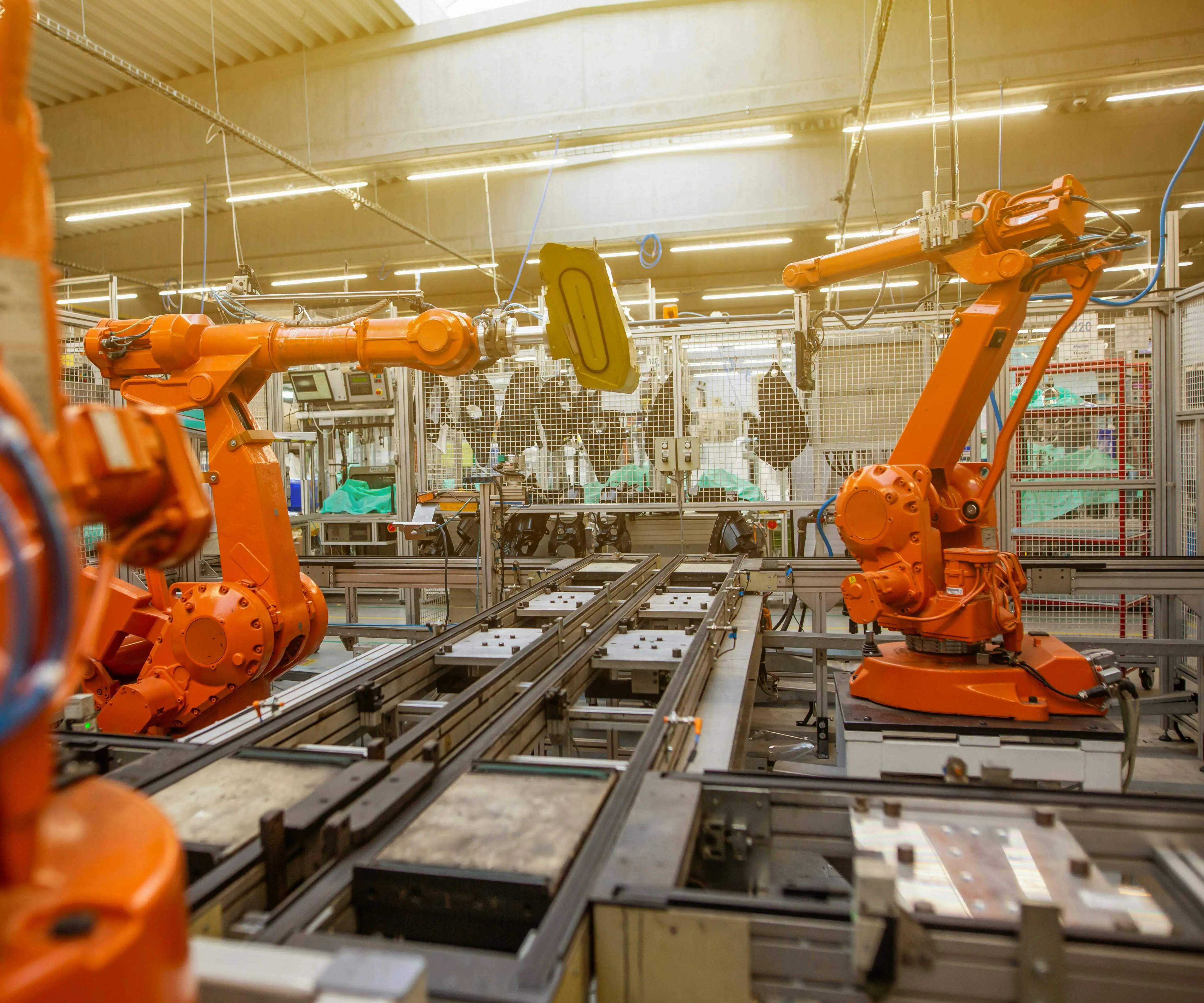In today’s digital age, the appeal of hands-on, creative engineering projects has surged dramatically. Hobbyists, students, and even seasoned makers find joy in tinkering with mechanical components to bring ideas to life. Among the most versatile and accessible components for mechanical projects are gearmotors. When combined with intuitive design tools like Tinkercad, hobby gearmotors offer a gateway into the fascinating universe of robotics, automation, and creative invention.

Why Hobby Gearmotors?
A gearmotor is a compact device that combines a small electric motor with a gear train. This combination allows precise control over movement, torque, and speed. Hobby gearmotors are widely available, inexpensive, and come in numerous sizes and configurations, making them ideal for a variety of projects—from simple robotic vehicles to complex mechanical arms.
What makes hobby gearmotors especially attractive for beginners is their simplicity and robustness. They often operate on common voltage supplies (like 3V to 12V), and many are pre-mounted with mounting brackets, shafts, and sometimes even integrated encoders. They provide an excellent platform for controlling motion and understanding the fundamentals of gear ratios, torque, and power transmission.
Incorporating Gearmotors Into DIY Projects
Whether you're building a small robot, an automated plant watering system, or a kinetic art piece, gearmotors serve as workhorses, transforming electrical energy into usable mechanical movement. The key is understanding their working principles, choosing the right gearmotor for your needs, and integrating them effectively into your design.
For beginners, starting with a simple project like a mobile robot can be highly motivating. You can add sensors, microcontrollers, and wheels to create a basic autonomous vehicle. As you grow more confident, you can experiment with different gear ratios to see how they influence speed and torque, leading to a deeper grasp of mechanical systems.
The Power of Tinkercad in Mechanical Design
Now, envision combining the capabilities of a hobby gearmotor with Tinkercad, a user-friendly online 3D design and simulation tool by Autodesk. Tinkercad's intuitive interface allows users to create detailed models of mechanical assemblies without requiring advanced CAD skills. It has a dedicated circuit design environment called Tinkercad Circuits, where you can simulate circuits with microcontrollers, sensors, and motors.
This combination opens a world of possibilities: you can design custom gearboxes, mounts, and chassis for your gearmotors, simulate their operation electronically, and even prepare your design for 3D printing—all in one integrated platform.
Getting Started with Tinkercad for Your Gearmotor Projects
The first step is to familiarize yourself with Tinkercad’s environment. Create an account and explore the basic tools for modeling and circuit simulation. For mechanical projects involving gearmotors, you'll typically start by:
Understanding Gear Ratios: Use Tinkercad’s measurement tools to design gear assemblies that demonstrate how changing gear sizes affects output speed and torque. Designing Mounts and Frames: Construct 3D models of chassis, motor brackets, and wheels. Keep in mind how your gearmotors will sit within these components. Simulating Electronics Integration: Use the Tinkercad Circuits workspace to connect a microcontroller (like Arduino), a gearmotor driver, and the gearmotor itself to simulate control logic. Testing and Iteration: The platform allows you to test your code and circuitry virtually. You can observe how your gearmotor responds to different signals, enabling rapid experimentation without physical prototyping.
This approach saves time and resources, especially for beginners who are learning the fundamentals of mechanical and electronic integration.
Case Study: Building a Simple Robotic Car in Tinkercad
Imagine designing a small robotic car that moves forward, turns, and avoids obstacles. Using Tinkercad, you can create the chassis, add two gearmotors with wheels, and set up the electronics circuitry. You could write simple Arduino code to control the motors using sensors.
You might start with a gearmotor that provides enough torque to overcome minor obstacles. As you tweak the gear ratios in your design, you'll notice changes in how fast the car moves and how much push it has. The simulation environment allows you to see the motor's response in real-time, giving you invaluable insights about dynamics, control algorithms, and mechanical layout.
Exploring Gear Ratios and Mechanical Advantage
The gear ratio is a pivotal aspect of designing mechanical systems with gearmotors. A gear ratio describes how many turns of the motor’s output shaft result in a certain number of turns of the driven gear or wheel.
High gear ratios provide more torque but reduce speed, making them ideal for lifting or climbing projects. Low gear ratios favor speed at the expense of torque, suited for racing or quick movements.
Tinkercad can help simulate these effects by allowing you to model gear assemblies and observe their behavior virtually. You can measure output speed, estimate torque, and optimize your gear ratios based on your project’s requirements—all before physically assembling a single component.
Resources and Community Support
Getting started with hobby gearmotors and Tinkercad is more manageable than ever, thanks to abundant online tutorials, community forums, and project ideas. Autodesk’s community platform offers a treasure trove of shared designs, circuit schematics, and troubleshooting tips. Many hobbyists also document their journey, providing step-by-step guides that can inspire and assist you.
As you delve into this synergy of mechanics, electronics, and design, you're likely to develop skills that extend beyond hobby projects, touching on engineering principles applicable in robotics competitions, educational initiatives, and even professional prototyping.
That’s the overview of the innovative world when hobby gearmotors meet Tinkercad. I’ll continue with the second part, diving deeper into advanced tips, project ideas, and how to transition from virtual prototypes to real-world creations.
Established in 2005, Kpower has been dedicated to a professional compact motion unit manufacturer, headquartered in Dongguan, Guangdong Province, China.




































